I have assembled the motor driver circuit using L298N seen below, hoping that it would work without any problem. For some reason that I do not understand, the output power is constant. I say constant because;
- When nothing is connected to output, I measure 21V (such a drop is expected).
- When a 1k resistor is connected, I measure 0.394V.
- When a 10k resistor is connected, I measure 3.914V.
- When 1M resistor is connected (basically open circuit), I measure a value close to 21V.
I don't even know what may be wrong about the circuit, tried many things but no luck. I am hoping you guys can help. Even if you can give me a tiny tip, it would be very helpful because I can dig out the rest.
Additional Info:
- Vcc: 24V (Supplied from an industrial power supply with enough power output capability, so I am sure there is nothing wrong with the power supply)
- L298N: I plan to replace this IC with a more modern one, but I have to use this right now.
- Arduino: is powered by USB port of my laptop.
- Circuit: I have triple checked the connections and cables.
- Also: There are four 1N4004 diodes connected to OUT1 and OUT2, moreover four more diodes connected to OUT3 and OUT4 (in order to prevent back emf.)

